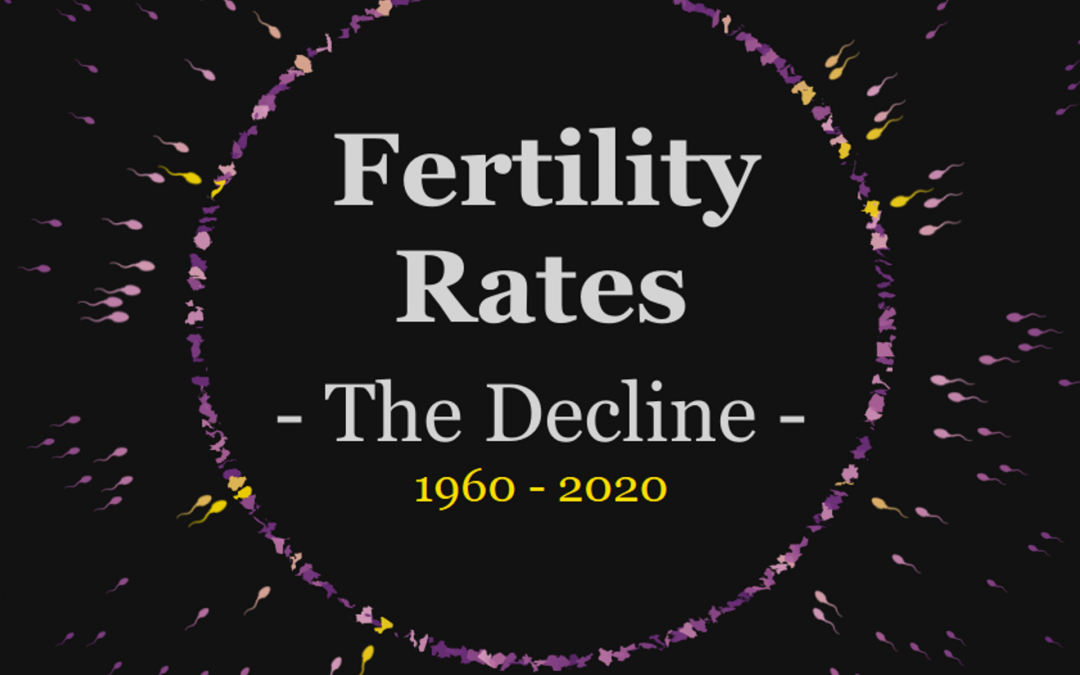
by zmn09 | Nov 22, 2022 | Uncategorized
Lebanon has been historically exporting skilled workers to many regions in the world including Gulf, Africa, Europe, and North America. For more than 10 years, the Unemployment rate in Lebanon has been increasing to reach 11.35% in 2019 (from 6.35% in 2009). Since the Economic crisis in 2019, the rate has dramatically increased to reach 14.5% in 2021.
To dig deeper into unemployment in Lebanon we can see that the citizens with advanced education (holders of a university degree or above) are prone more to unemployment, in comparison to intermediate (secondary schooling) and basic education (primary schooling or below).
So what can we do to solve this?
It is worth mentioning that since the economic crisis in Lebanon in 2019 followed by the COVID-19 pandemic, the Lebanese economy deteriorated severely leading to the closure of many companies and establishments or downsizing in the terms of employees and costs.
Note that among the 3 sectors (services, industry, and agriculture), the services sector was the most to hold the burden of this economical crisis, especially for the restaurants, hotels, banks, and retail traders,…
The employment breakdown as per sector shows that the service sector retained the most employment over years, in contrast to agriculture which only received 11.32% of total employment in 2019.
Therefore, we should try to shift the load of the employment to the other sectors in Lebanon (industry and agriculture) by encouraging the highly educated persons to start their own businesses in this area, which will then lead to more employment from the less educated in these 2 fields.
This will not be attainable unless the government and international entities start incentivizing the youth by providing the below:
- Access to finance (through long-term small loans at a minimized rate of interest)
- Access to knowledge (by providing proper training to the youth in management and technical expertise)
- Access to market (by providing the connections to the youth to sell their products through)
To note that some initiatives from the public have been launched to provide one or more of the above-mentioned, however, the government hasn’t yet started any steps to help.

by rns53 | Apr 13, 2022 | Dashboard, Visualization
Throughout history, women’s primary role was to be homemakers that would only perform domestic chores, raise children, and continue the bloodline. A childless woman was branded as barren, and she was frowned upon. In the Middle Ages, people called infertile women witches and followers of the Devil. Motherhood was a moral obligation.
Unfortunately, we still witness such cases in the current era, particularly in African and Middle-Eastern countries. Nafissa, a girl from Niger, is one victim of such a case. “I stopped (going to) school in order to marry,” says the young teen, “It was because of people’s mentality and their prejudices. I was married during a school break, and I became pregnant before I could return. After that, I never returned.” Nafissa now has 5 children and forced to carry out the household chores and take care of her children. How many girls in this world are like Nafissa? How could her life change if she pursued her studies and got a job?
According to World Bank data, the fertility rate was 2.6 births per woman in 2019. A value that is approximately half of what it was in 1960 (5.5). Emerging countries, on average, have greater fertility rates than prosperous countries. Women tend to give birth to fewer than three children in countries where GDP per capita is below $1,000 per year. In countries where GDP per capita is above $10,000 per year, women give birth to no more than two children. The decline in the world fertility rate can be attributed to three main factors:
1. More women are getting an education and seeking to establish their careers before—and sometimes instead of—having a family. SDG-4.3
2. Fewer childhood deaths. SDG-3.2
3. More women in the workforce. SDG-5.5
4. Access to contraception. SDG-3.7
Let’s look at one of the world’s most advanced economies South Korea which has a fertility rate of 1 in 2020. This means South Korean women have, on average, one child, and many others do not have children. The reason behind this is the involvement of women in the economy (60% – female labor force), fewer infants’ death (2.7% mortality rate of infants per 1000 live births), and women pursuing tertiary education (88.6%). On the other hand, Niger recorded the highest number of births per woman over the last years on average, Niger women gave birth to 7 children on average in 2020 with the numbers shown in the dashboard.
However, the relationship between lower fertility rates and higher GDP per capita has been controversial in the last few years. The lower the number of births, the lesser number of individuals joining the workforce, and the slower the economic growth. Would the “replacement value” for dying populations suggested by the UN of 2.1 kids per woman solve the problem? Despite all the efforts to increase fertility rates in developed countries like South Korea and Japan, having a child or not having a child is a choice.
In brief, low fertility rates are a leading economic indicator that women’s empowerment can achieve. The mentioned factors are closely linked: educated women are more likely to know about and use contraception, and contraceptives give women the option to continue their education or career instead of raising multiple children. Also, in an environment with low child mortality, women will give birth to fewer children as they ensure the survival of children.

